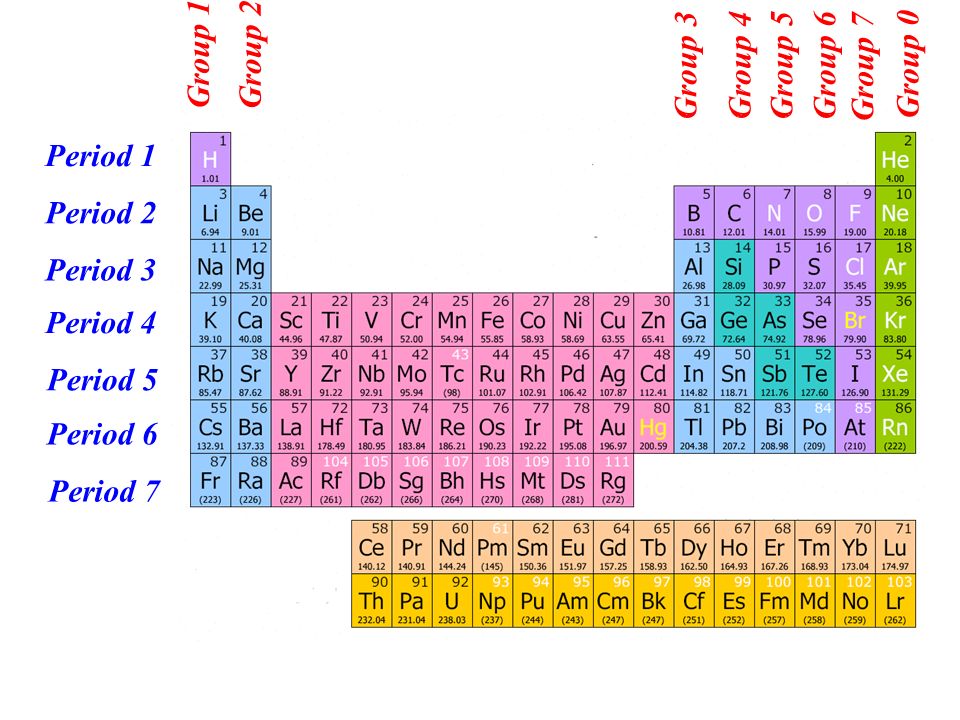
Mendeleev published his first periodic table in 1869. Other than to provide necessary context, I will not further revisit lutetium in Group 3 arguments.

However, the trends involved apply regardless of whether lutetium is under Y or at the end of the f-block, after Yb. Unfortunately this argument introduces an anomaly in the overall regularity of term symbols.Īlvarez ( 2020) supports lutetium on the basis of trends in atomic size, coordination number, and relative abundance of metal–oxygen bonds. Tsimmerman and Boyce ( 2019) argued for lutetium in Group 3 on the basis of the regularity of spin multiplicity, which is one of the three components of an element’s spectrographic term symbol.
#B IN PERIODIC TABLE CHEMISTRY SERIES#
The series starts with Ce 3+ as 4f 1 and concludes with Yb 3+ 4f 13 and Lu 3+ 4f 14.
:max_bytes(150000):strip_icc()/PeriodicTableElectronegativity-58b5d8fe3df78cdcd8d0054d.jpg)
Thus, with lanthanum in Group 3, the number of f-electrons in the trivalent cations of the f-block elements corresponds perfectly with their position in that block. Since ions are more important than isolated gaseous atoms for nearly all atoms, and important ions have no anomalous electron configurations, there is little reason to worry students with anomalous electron configurations of atoms: we prefer to teach ‘characteristic’ electron configurations without anomalies in the occupancies of d- and s-orbitals in the transition elements or d-, s-, and f- orbitals in the inner transition elements.

…valence electron configurations of atoms and ions are also important in predicting the periodicity of chemical properties.


 0 kommentar(er)
0 kommentar(er)
